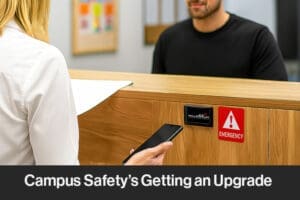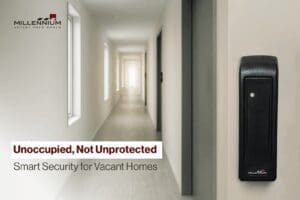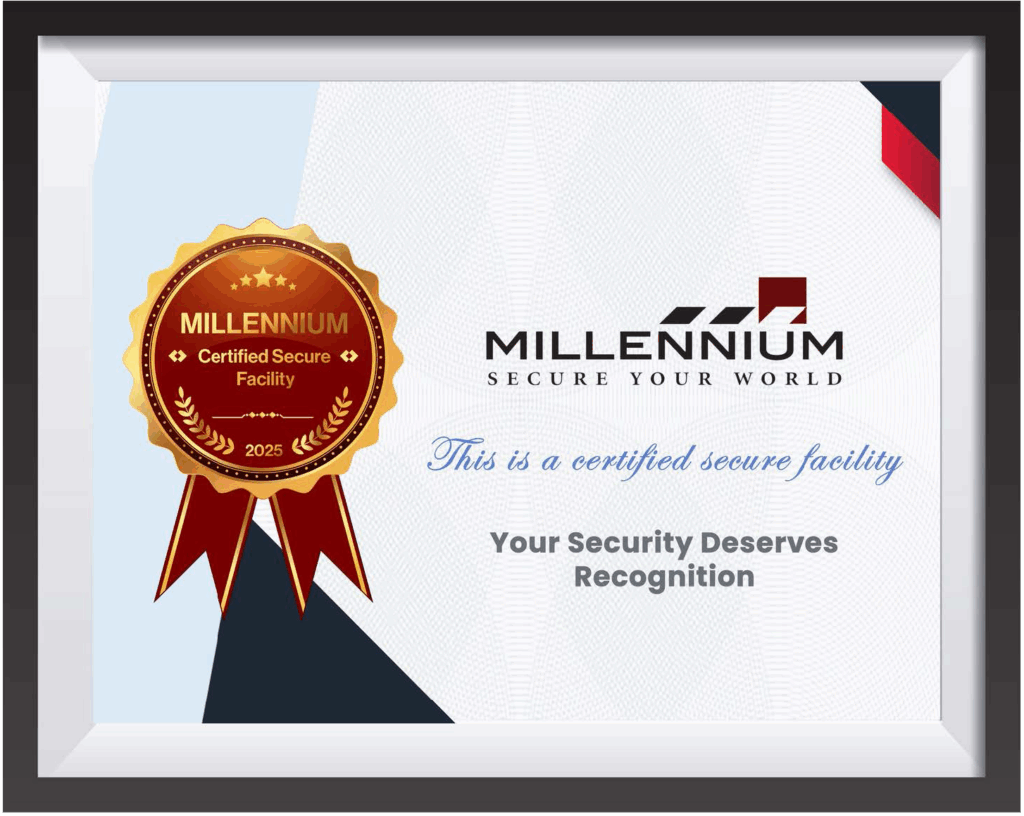How Access Control Can Help Prevent Mass Shootings in American Schools
School shootings have become a tragic and recurring crisis in the United States, prompting educators, policymakers, and communities to urgently seek practical school safety measures. While no single intervention can eliminate the threat, access control in schools has emerged as a vital component of a layered approach to school security. Access control refers to strategies and technologies that restrict, monitor, and manage who can enter or move through a school campus.
When implemented effectively, school access control systems can delay, deter, or even prevent a would-be shooter from causing harm, buying critical time for law enforcement and school personnel to respond. The following sections break down the key components of access control for schools, paired with real-life examples and lessons learned from past school shootings.
1. Limit Entry Points
What it means:
Limiting the number of doors and gates through which someone can access the school helps reduce the possibility of unauthorized or unnoticed entry. A single, monitored point of access is far easier to secure than multiple, unattended doors.
Real Example: Marjory Stoneman Douglas High School (Parkland, FL, 2018)
The school had multiple open and unmonitored gates during school hours. The shooter entered through an unstaffed side gate and an unlocked building door, moving freely before opening fire.
Lesson:
Had there been a single point of entry with proper screening and surveillance, the attacker may have been detected or delayed. Open or poorly monitored gates can make any school security system ineffective. Schools must map their perimeter, lock unused doors, and funnel all traffic through a designated entrance with staff or camera oversight.
2. Secure Perimeter and Entrances
What it means:
Reinforcing school perimeters and installing secure, locked main entryways (often with a double-door vestibule) can delay unauthorized access and allow for identity checks before entry is granted.
Real Example: Townville Elementary School, SC (2016)
The shooter fired at a recess door but could not enter the building because all doors were locked and a lockdown was initiated. His access was effectively denied.
Lesson:
The attack at Townville demonstrated that locked doors save lives. Even though shots were fired, physical access to the interior was blocked. Schools should invest in reinforced entryways, remote-controlled locking systems, and ballistic-rated glass at key entry points to enhance school perimeter security.
3. ID Badges and Visitor Management Systems
What it means:
Staff and students wear visible ID badges, and all visitors must be screened at the main entrance. These systems help ensure that only authorized individuals are in the school building.
Real Example: Uvalde, TX (Robb Elementary, 2022)
Despite having the Raptor visitor screening system, a rear door failed to lock properly, allowing the shooter to enter undetected. There were also lapses in door maintenance and monitoring.
Lesson:
Even the best visitor tracking systems can be bypassed if all access points aren’t secured and maintained. Schools must combine ID screening with daily inspections of all locks and doors. Visitor logs, badge issuance, and live monitoring should be part of a unified school access control strategy, not a standalone solution.
4. Integration with Surveillance & Emergency Alerts
What it means:
Modern access control systems can be connected to video surveillance, alarm systems, and police dispatch centers, enabling faster emergency responses and lockdowns.
Real Example: STEM School Highlands Ranch, CO (2019)
The school had a direct radio line to the county sheriff, allowing officers to respond within 2 minutes of the attack starting. This fast reaction helped minimize the number of casualties.
Lesson:
Time saves lives in active shooter situations. When access control technology is integrated with real-time surveillance and alert systems, schools can immediately notify authorities and activate lockdowns. A panic button, integrated with door controls and live video feeds, can give law enforcement situational awareness before they arrive.
5. Time-Based and Role-Based Access
What it means:
This involves restricting access to doors or areas based on time of day or user roles (e.g., only janitors or administrators can enter certain areas after hours). This limits how much freedom anyone has to move through the school without authorization.
Real Example: UCLA Campus Shooting, CA (2016)
During the incident, many classrooms had no internal locking mechanisms, forcing students to use belts and furniture to barricade doors. Afterward, the university overhauled its lock policies and security training.
Lesson:
Had the classrooms been equipped with role-based locks accessible from inside, students and staff could have secured themselves immediately. Role- and time-based access also prevents unauthorized individuals (including former students or contractors) from entering sensitive areas after hours. Schools should audit who has access to what, and when, as part of their school security planning.
6. Early Detection of Suspicious Behavior
What it means:
Access control systems can trigger alerts for unusual behavior—like someone tailgating into a secure area, repeated failed ID scans, or propped open doors. These early warnings can prompt investigation before violence occurs.
Real Example: Broward County Schools (FL, post-Parkland reforms)
After Parkland, the district implemented alarms on all exterior doors and disciplinary action for students who propped them open. Staff also used emergency badges that triggered building lockdowns when pressed continuously.
Lesson:
Technology must be paired with policy and discipline. Early detection measures only work if schools train staff and students to respect door protocols and report suspicious behavior. Automating alerts for door tampering, badge misuse, or tailgating can stop attackers from exploiting weak links in the system.
Conclusion
While access control cannot entirely eliminate the risk of mass shootings in schools, it plays a critical role in delaying attackers, deterring entry, and protecting lives. Real-world tragedies—from Parkland to Uvalde—have repeatedly shown that simple access failures, like unlocked doors or unmonitored gates, can lead to devastating outcomes.
For access control to be truly effective, schools must implement it comprehensively and consistently—from secure entryways and visitor screening to surveillance integration and internal door locks. Crucially, school access control must be supported by a broader safety ecosystem, including mental health support, trained security personnel, emergency planning, and student engagement.
In a time when every second counts, effective access control in schools can be the difference between vulnerability and safety—and in many cases, between life and death.
Disclaimer
The sole purpose of this article is to raise awareness about the role of access control in improving school safety. It is not intended to harm or cause emotional distress to any individuals or communities affected by school violence.
Millennium Group Inc. extends its deepest condolences and unwavering respect to the victims, families, and survivors of school shootings across the country.
We honor their memory and remain committed to supporting safer learning environments.
God Bless America.
Millennium is a scalable, hosted, access control platform that services any type of real estate. Our cloud-based solution allows managers and tenants to efficiently manage their physical security from anywhere while enhancing experience and driving profitability.













